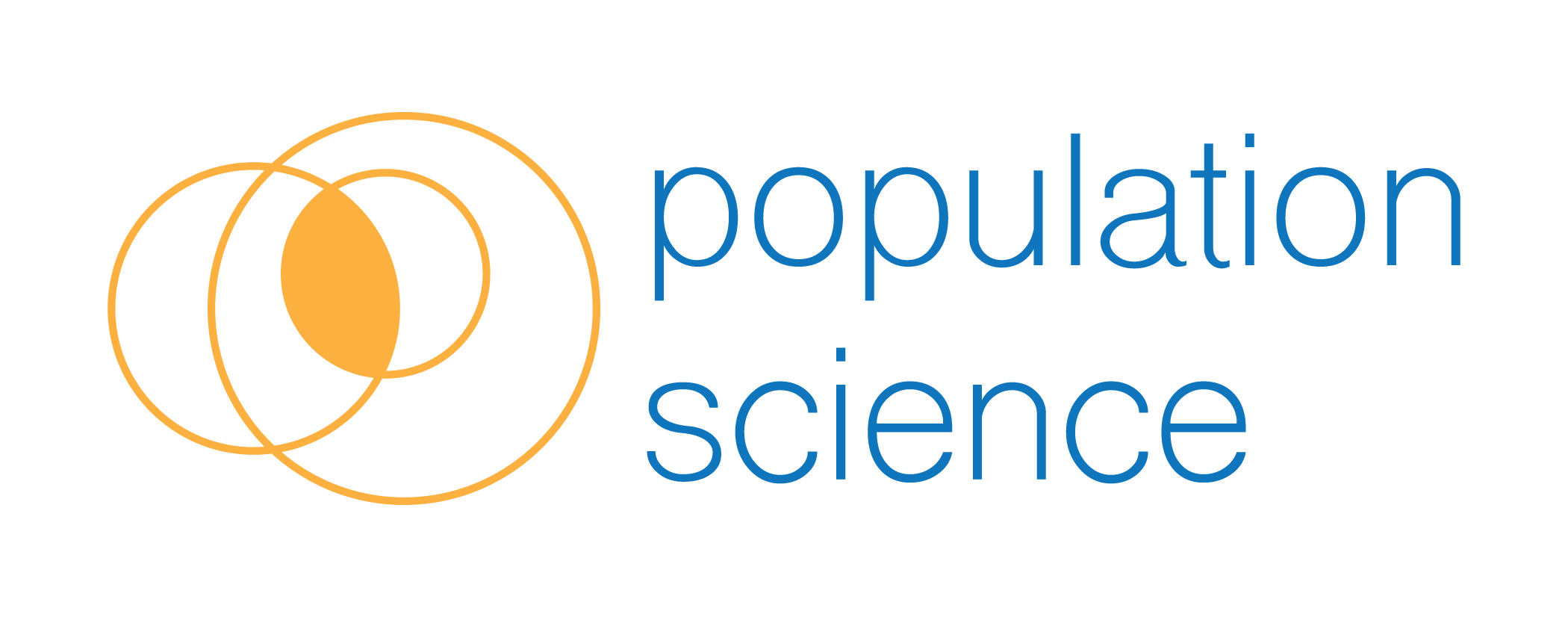
Political Ground Game Goes Digital
With uncertainty around whether or not any traditional ground game will be feasible this cycle it is imperative that candidates build a cohesive digital ground game. Population Science is actively working with clients to deploy paid, owned, and earned media strategies to compensate. While there is no one size fits all strategy for political campaigns, there are two tactics that we feel can be universally deployed:
Geofencing
Go neighborhood, by neighborhood with targeted, digital messages across various channels. The information you can get back from short-run, micro-location targeted campaigns can be invaluable. You can measure engagement rates as signs that certain locations might be more interested in your campaign.
Campaigns can take learnings and apply them to wider targeted campaigns. For example, did you notice neighborhoods with a median age of 36 responded better than a median age of 51? Maybe you should be investing more of your digital budget in a younger voter across all of your campaigns.
Influencer Recruitment
Take your endorsement game to the grassroots level. Anyone who reaches an audience of potential voters via social media can easily sway small numbers of voters your direction. Community activists, neighborhood leaders… really anybody that can reach an audience of tuned-in voters. This is especially important in local elections.
You need to create content that is shareable and has the ability to go viral. Here are some ideas:
-
Memes (the more creative, the better)
-
Short form video
-
Informational posts
2020 might be the most bizarre campaign cycle in modern history. Get ahead of the game by lining up your digital ground game today!





